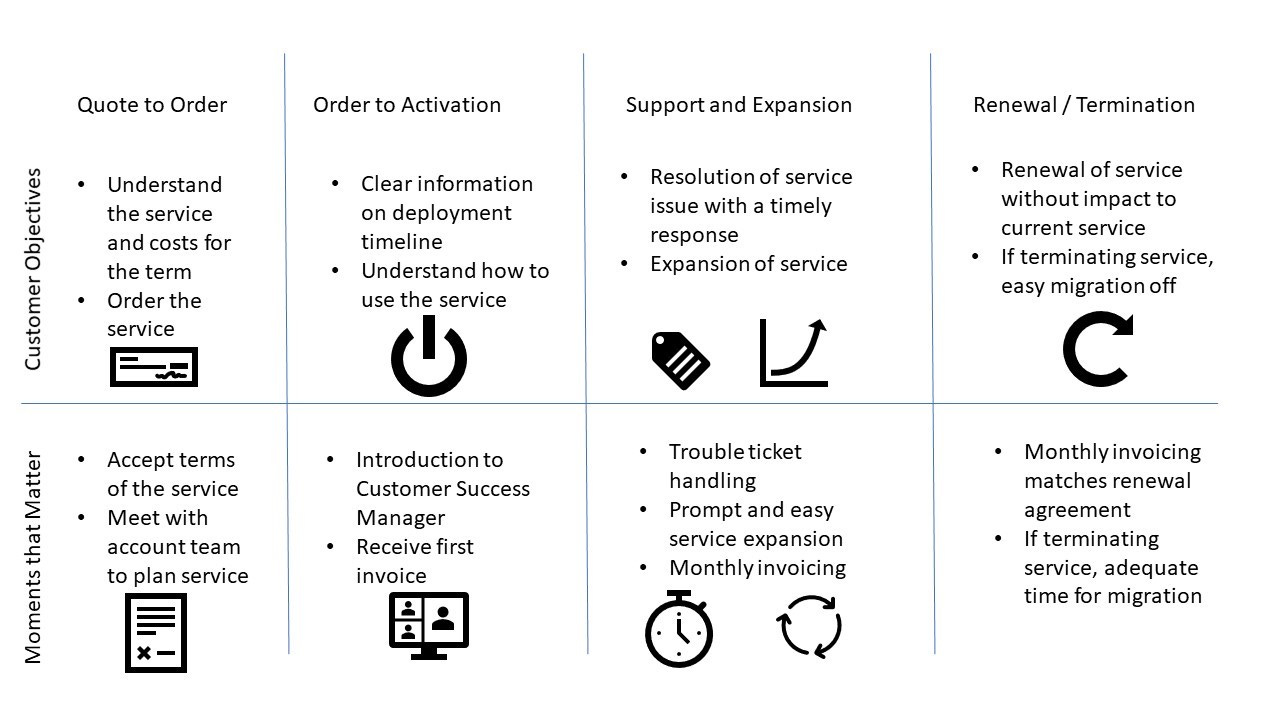You've just launched a new platform that is integrated in one of your organization's products. You and your stakeholders are anticipating more sales and cost savings from the new platform. To rapidly get your platform out to customers, you focused your platform on a fraction of your organization's portfolio.
Sadly your business forecast is not playing out. You evaluate customer and sales feedback on the platform and find:
A lot of confusion about what the platform is and is not
The hot products in your portfolio don't use your platform
You have a major dilemma in getting your platform going - do you put on a major educational campaign with marketing or do you chase after the hot product teams to include your platform?
The likely response to this question: do both. Most platform product leaders can't afford to reduce education or limit the use of their platform. Let's discuss how to grow your platform by combining platform education with increasing the use of your platform. The major steps to take are:
Define a standard platform integration recipe
Show your platform in action with a customer journey for each offer
Don't wait for others to discuss the customer benefits of your platform
These three steps can feed the education of others and grow the use of your platform.
What is a Platform Integration Recipe?
You have been deep in your platform to get it launched. So far only a few people in your organization know how to use the platform. This is where your platform integration recipe comes into play. You need a simple story on the way to integrate products with your platform.
The key pieces of the integration recipe are:
Linkage of your platform to your organization's annual goals
Best practices to integrate your platform
Demonstrate how your platform product team does the hard parts of integration
Frequent progress updates to sponsors in your organization
For example, you recently launched a data migration service for customers moving from legacy storage to new storage products in the portfolio. Your data migration service is sold as an add-on to new storage sales. The migration service includes a cost calculator and data sanitization after the migration. It turns out the first product that integrated the migration service is not getting much customer interest. This means your data migration service is not getting purchased either.
You update your data migration service material from the first product with:
How new products with migration services sell faster
Integration steps laid out for engineers and architects
Program roadmap with investment for additional platform integration projects
Presentation on the business case for the new integration to program sponsors
Soon additional storage products offer your data migration service. Other use cases such as migration from competitive storage and end-of-life storage come into your roadmap next. Before long the migration service is integrated in many offers in the portfolio!
Customer Journeys
While you work toward standardizing all aspects of your platform for efficiency sake, you will need unique customer journeys for each offer that integrates your platform. This is because each customer journey shows how the customer uses your platform. Reviewing the customer journey with offering teams brings your platform to life for teams that are unfamiliar with your platform. It allows you to discuss how your platform helps customers.
For example, you are a product manager at a company that provides data protection software to enterprises. You have launched a service that manages the data protection software for customers. This service creates a runbook for failing over to the protected version of data and demonstrates business continuity from failover to failback. Your basic customer journey would look like this:
You would enhance this customer journey for each product offer that integrates your managed data protection service. Perhaps the first integration allows the customer to expand service for a set fee and the second integration doesn't allow expansion. In the second integration case, then the expansion option would not be included. You would use this change in planning and delivering your platform with the second offer.
As a result of the up front work on the customer journey, the second offer is quickly prepared and launched.
Marketing Your Platform
The best platforms are a utility function that is generally invisible. Even though a well run platform is in the background, there is still a lot of value in a platform. There is no one better than the platform team to communicate about the value of the platform.
A few ways platform teams market the value of their platform are:
Prepare a datasheet on the platform solution: this is used by any product or service offer that uses your platform
Create a Total Cost of Ownership (TCO) model that shows the extra spending a customer would need to do without using your platform: this model is used to communicate the value of the offers that use your platform
Provide educational pieces on your platform: infographics and FAQ information that can be easily incorporated in outbound marketing material
Suppose you have recently launched a software operating system that is used by one your software defined networking (SDN) products in your company's portfolio. In the early customer conversations, you notice sales teams mention the new operating system as a differentiator on the SDN product. This prompted a more in depth sales process and expanded each sales opportunity. When the SDN product launches, there is minimal information on your operating system because there is limited knowledge about the operating system.
You create a datasheet on the operating system that has:
An overview of the operating system providing information on features such as load balancing, performance benchmarks, automatic upgrades and telemetry
TCO savings from reduced software maintenance, prevention of service affecting outages from the telemetry, higher transactions per second due to load balancing
Questions and answers on key features
With this material your marketing team can easily amplify this to sales and customers. This enables sales teams to have deeper customer conversations and earn the trust of customers using SDN.
Conclusion
Launching a new platform is only the beginning for platform product managers. Care and nurturing of the fledgling platform is needed to grow the use of your platform. The key steps in getting your platform to the growth stage are:
Making it simple to integrate into offers
Enabling customers to use your platform
Communicating about your platform
These steps feed each other with baseline material that can be used from customer lead through customer delivery.
For a deeper dive:





